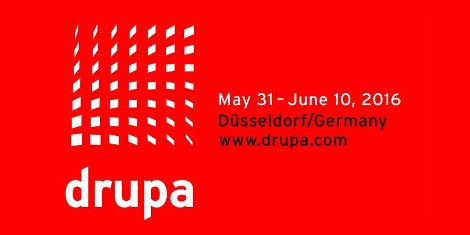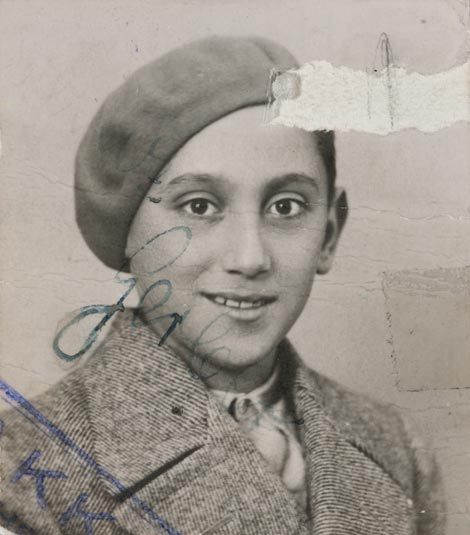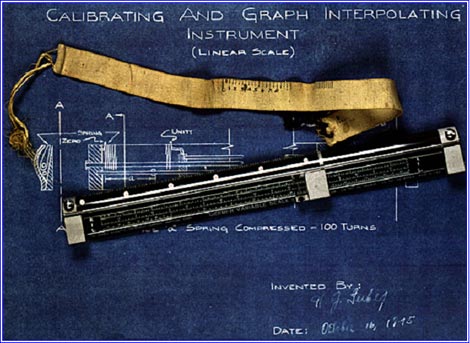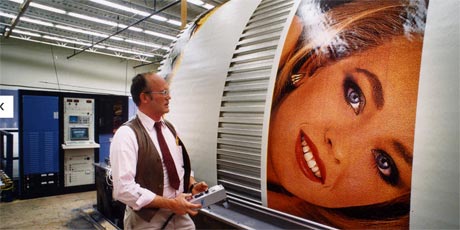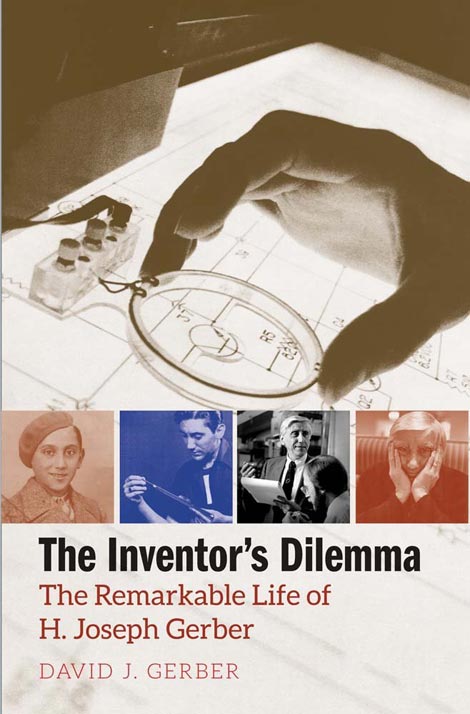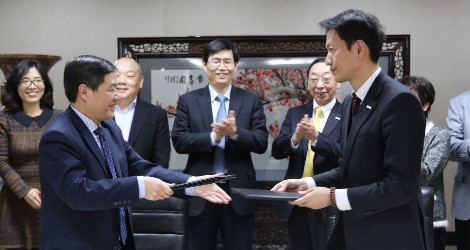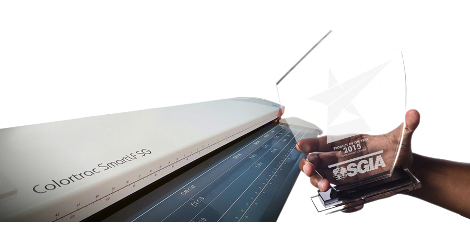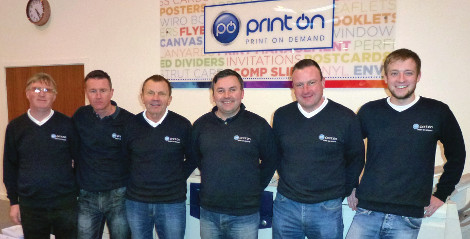
Cheshire-based printers, Print On, has really graduated to a different league in recent months with a move to impressive new 6,000 sq. ft. premises on Lawnhurst Industrial Park in Cheadle. The company’s future ambitions are evident as you walk through the front door past a well-appointed boardroom and customer meeting room, to be faced with a large modern reception area, beyond which stretches a very impressive open-plan print hall.
The first thing that strikes you is the tidiness of the whole place – open plan work areas can certainly expose a company’s weaknesses to visitors, but not here; Print On is more than happy to lay its soul bare and proud to let its customers see exactly how the company operates.
With a core staff of just 8 people, it’s obvious that efficiency is the name of the game, with each member of the team having clear focus and direction and being more than capable of multi-tasking, including the family directors of the business, who are remarkably hands-on. As Managing Director, Alex Oldfield explains, “We’re a tight-knit family business. I get amazing support from my father and mother in their respective roles of Marketing Director and Financial Director and none of us shy away from getting our hands dirty – we take real pride in what we do and get involved on a daily basis in every aspect of the operation.”
The impressive premises suggest that the business is prospering in what many still consider to be a challenging economy, so how has Print On managed to develop so successfully? Alex’s father Keith is confident in his response: “We’ve always believed our two key assets to be our staff and the equipment we use and there’s been no shortage of investment in either.”
Print On has traditionally based much of its production capability around its impressive arsenal of four Xerox Versant digital printers, but became increasingly aware that the ability to offer a more diverse range of print services would be crucial to retaining existing customers and also developing new revenue streams. As Alex explains: “Some of our larger retail customers with whom we have really close relationships were placing their PoS or other wide format print requirements with other print providers. We really needed to equip ourselves to meet what seemed to be a growing demand in the sector. Investment in a Mimaki JFX200 flatbed and a brace of Mimaki JV300 production solvent printers sourced through our long-standing relationship with Mimaki reseller Granthams of Preston has really enabled us to stretch our legs and start producing a much wider range of products for our customers.”
Alex cites this significant upturn in business as the catalyst for the move to new premises in January of this year. “We spent a couple of months at the end of last year decorating and refitting the premises to meet our specific requirements and this included a dedicated wide-format area in a separate part of the building to house the array of new Mimaki kit.”
The team’s wide-format specialist, Matt Peters can’t speak highly enough of his new charges as his experience of working with them expands. “I’ve previously worked with other wide-format flatbeds which I’d always felt to be perfectly adequate. But the more I use the Mimakis, the more impressed I am with their performance – the print quality and the speed just blows me away! We hardly ever need to use the highest quality setting on the JFX200, as even in fast production mode the quality is really quite exceptional. I’m regularly printing 8’ x 4’ rigid boards with full ink coverage in around 20 minutes, at a highly acceptable print quality.”
As for the JV300s, Matt enthusiastically describes them as “real workhorses and ultra-reliable.” These two machines have obviously been earning their keep at Print On as evidenced by the fact that under the ink cartridge re-cycling scheme operated by Mimaki’s UK and Ireland distributor, Hybrid Services, over 400 empty 440ml solvent ink cartridges have been re-cycled in less than 12 months operation.
There’s a real buzz about the new premises as everyone seems to be focused on maximising the potential of the heady blend of a mighty impressive kit list and a comfortable and spacious working environment. Customers seem equally impressed, with increased levels of business coming from longstanding clients including many major multi store retailers, as well as a number of new high-profile clients.
As a large printed sign in the Press Hall declares: “Impossible is not a fact. It’s an opinion. Impossible is not a declaration. It’s a dare. Impossible is potential. Impossible is Nothing.” … great words from the great Muhammad Ali. Clearly the small and enthusiastic team at Print On is more than up for a challenge with the confidence that new equipment and premises has brought them.
Further information about Print On's services can be found at www.printonuk.com.
Mimaki's full product range can be found via its UK and Irish distributor, Hybrid Services at www.hybridservices.co.uk.
[Photo caption: The Print On team with directors Keith and Alex Oldfield pictured centre]



